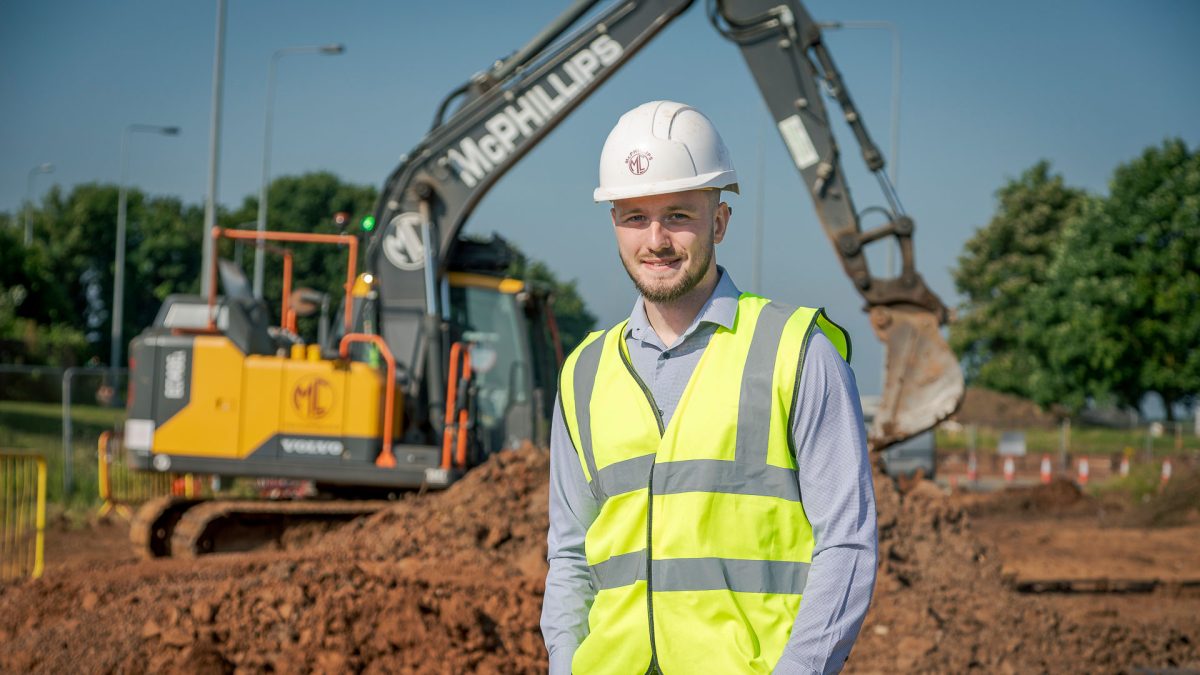From donkey jackets to PPE
Walking onto a construction site throughout the 1960’s, 70’s and 80’s was a far cry from today’s standards. Back then it was donkey jackets and woolly hats in the colder months, followed by flat caps and vests when things warmed up.
We can all be grateful that construction is now much safer when working on site. However, it took a long time for the industry to fully recognise the importance of on-site health and safety; even today some people remain less than convinced.
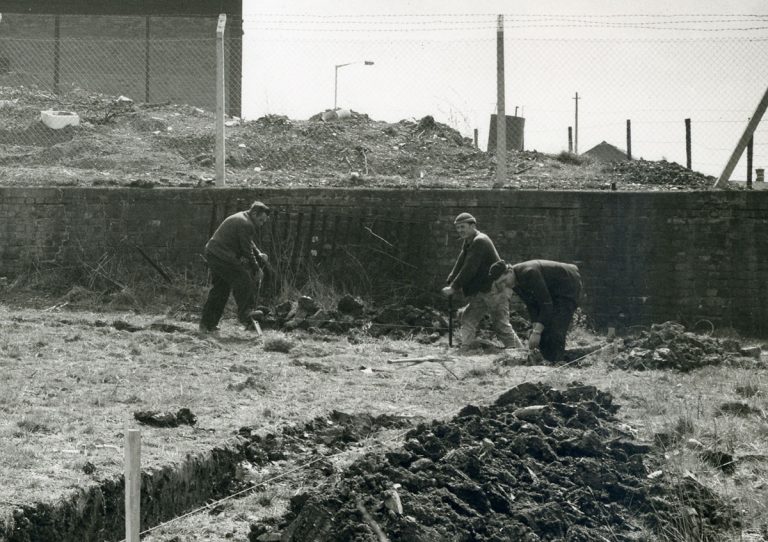
The swinging sixties – A whiter shade of pale
‘If you remember the sixties you weren’t there’, goes the saying. During this decade of liberation, the number of reported accidents in UK industry as a whole was 322,390. Some 44,570 of those were in the construction industry, a figure of one in seven. It’s worth remembering that many accidents went unreported.
In 1965 roughly one in every 31 construction operatives sustained an injury on site which resulted in an absence from work of three or more days. By 1969 the incidence of reported injuries rose to approximately one in every 27 workers.
A key date that changed workplace health and safety in the UK forever was the 21st October 1966, the Aberfan disaster. Poorly managed spoil from a mine slid down a hillside burying a school, killing 28 adults and 166 small children.
In an attempt to convince the construction industry of the potential health and safety risks, the British Safety Council introduced a series of awareness campaigns. Posters and celebrity endorsements were introduced to encourage workers to wear protective gear and not to ignore unsafe situations.
The seventies – If it wasnae for your wellies
Mainly as a result of reports following Aberfan, in 1974 the UK Government passed the Health and Safety at Work Act. The Act introduced a new system based on less-prescriptive and more goal-based regulations, supported by guidance and codes of practice. For the first time employers and employees were to be consulted and engaged in the process of designing a modern health and safety system.
However, statistics from 1974 recorded 166 fatalities in the construction sector, roughly one quarter of all deaths in the workplace. There was still much to be done, wearing of hard hats was a matter of choice – not subscribed to by many, whilst wellington boots were relied on to offer protection against heavy objects falling onto workers feet.
McPhillips SHEQ Manager Stuart Bishop began his career in construction on the 1st of August 1979…
“My first day on a site was on Icknield Port Road, Ladywood, Birmingham. As a fifteen year old junior engineer, the site manager introduced me to the senior engineer called Graham, who was shovelling concrete in a trench. He leapt out of the trench wearing only shorts and wellington boots, did no more than dip his finger into the concrete and drew a collar and tie onto his bare chest! ‘Follow me’ he said.
“There was no induction and no CSCS. After a few months a box of helmets were delivered, we used them to put nails in. Everyone went to the pub on Friday lunchtime for a quick three pints, site agent and plant operators included.”
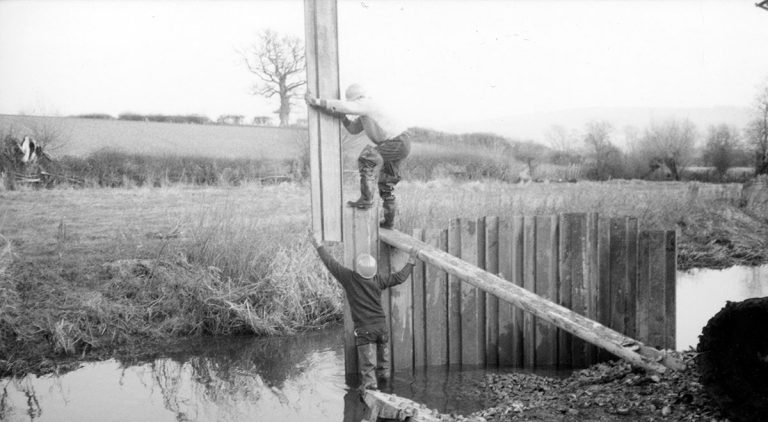
The eighties – the only way is up
Even into the early 1980s it was still uncommon to wear a hard hat on site. In 1981 the Health and Safety Executive (HSE) began publishing fatality rates for different employment sectors. However, it took until the end of the decade before the wearing of hard hats on site was seriously enforced.
At the same time in 1981, HSE also began compiling more accurate statistics for non-fatal accidents. In that year the construction sector registered over 1,600 injuries, which equated to over one 7th of injuries reported across all industry sectors.
Although the rate for fatalities in construction was nearly 4 times the figure across the UK workforce, the numbers were improving. In 1981 there were 50 fewer deaths, compared to 1974 when the Health and Safety at Work Act was first introduced.
Asbestos was a popular material in construction during this period, Stuart remembers it well…
“I shudder to think of the amount of asbestos we used to handle. We were using asbestos sheets every day to form manhole shutters, it was used across construction sites for all kinds of things on a daily basis.”
Further legislation was introduced in 1989. The Noise at Work Regulations required employers to provide employees with suitable, efficient hearing protection if exposure to noise was above 85db. However, the onus was on the employee to request suitable protection.
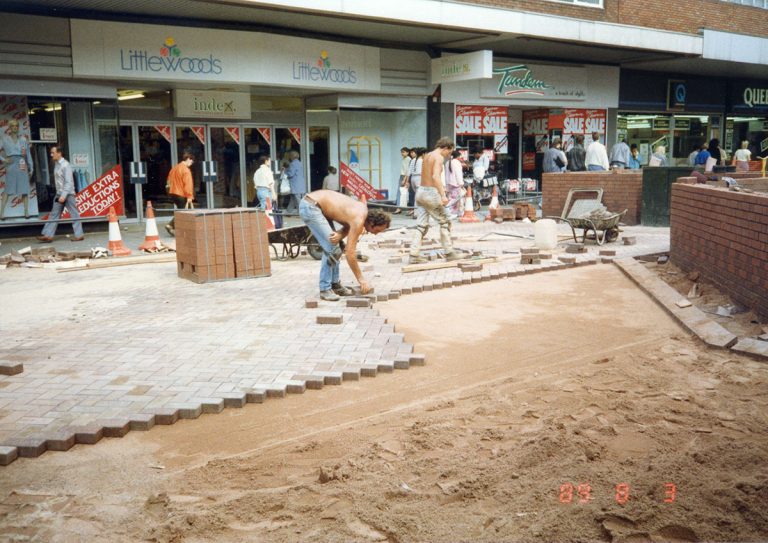
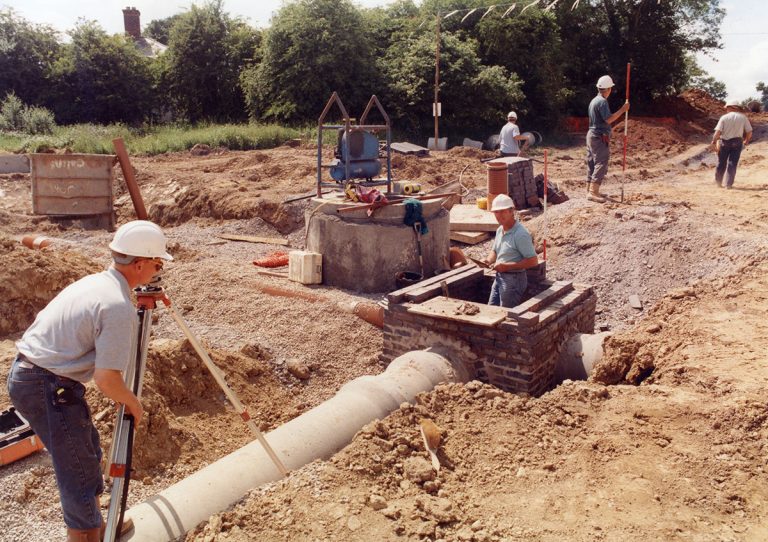
The nineties – I’ll tell you what I want, what I really, really want
The 1990s saw a significant push for people to wear the correct Personal Protective Equipment (PPE). The industry wanted it, the majority of workers wanted it and Government made it official.
The Personal Protective Equipment at Work Regulations came into force in 1993. This was closely followed by the Construction Design and Management (or CDM) Regulations in 1994. These regulations forced clients, designers and contractors into coordinating their approach to safety for the first time.
Throughout the 1990s the rate of accidents in construction continued to fall. The introduction of safety nets for people working at height coincided with the arrival of safer plant and equipment, such as high reach excavators and mobile elevated work platforms.
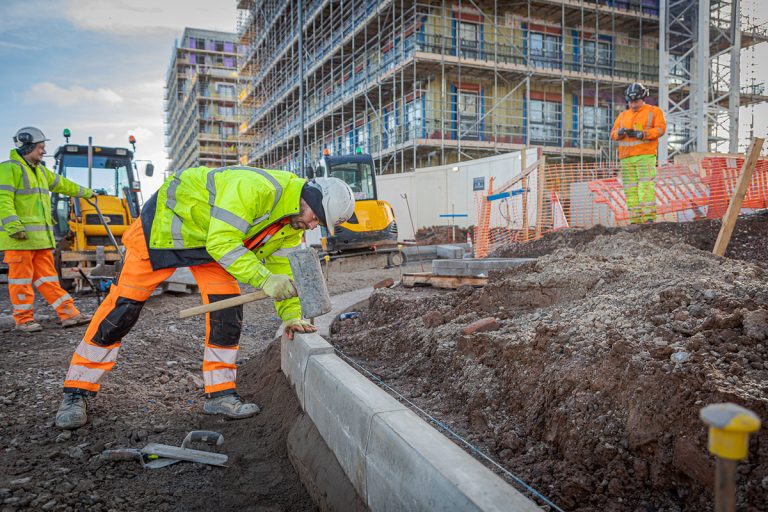
The noughties to now – Anything is possible
Worker engagement, better training, the involvement of designers and significant emphasis on behavioural change have all helped shift construction towards safer ways of working.
The Work at Height Regulations were introduced in 2005. These regulations led to a marked reduction in the use of ladders on many sites, becoming a last resort compared to other forms of elevated access.
A notable example of our increased health and safety awareness was the London Olympic Park, completed in 2012. A figure of around 12,500 workers were involved in the construction of the Park, clocking up 62 million man hours. There were zero fatalities. The accident frequency rate was less than half the construction industry average.
The Olympic Park is just one example of what can be achieved when we engage in planning, training and remain vigilant at all times. We still have much work to do in mitigating against accidents on construction sites, however, we’ve come far in a short time and the future looks much safer for all.
Summing up Stuart commented…
“During my time in the industry I’ve seen a seismic shift in our attitude towards health and safety. There’s always more that can be done to improve matters, I believe our industry is committed to doing just that.
“At McPhillips the health, safety and welfare of our workforce has always been paramount, we go above and beyond to provide our people with the best training and equipment, ensuring they are always aware of potential risks and are protected at all times.”
– – –
If you’d like to know about the music we’ve used for each decade…
‘A Whiter Shade of Pale’ by Procol Harum released in 1967 was number 1 for 6 weeks
‘The Welly Boot Song’ by Billy Connolly wanged its way into the charts in 1975
‘The Only Way is Up’ was released by Yazz in 1988 and spent five weeks at number 1
‘Wannabe’ released by the Spice Girls in 1996 topped the charts for 7 weeks
‘Anything is Possible’ released by Will Young in 2002 and spent 3 weeks at number 1
Back



